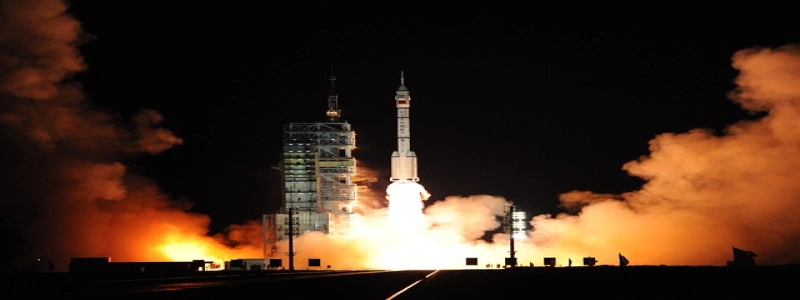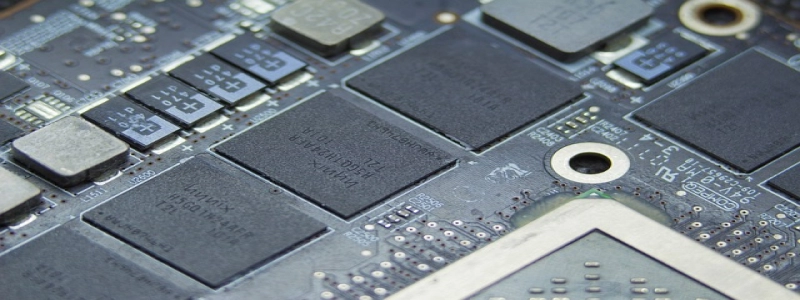How Does Ethernet Over Power Work?
Introduction:
Ethernet over Power, also known as Powerline Ethernet, is a technology that allows users to extend their network connectivity using the existing electrical wiring in their homes or offices. This innovative solution offers a convenient way to connect devices in different rooms without the need for expensive and time-consuming cable installations. In this article, we will explore the workings of Ethernet over Power and understand how it enables high-speed data transmission.
I. Understanding the Technology:
Ethernet over Power utilizes a technique called Powerline Communication (PLC) to transmit network signals over the existing electrical infrastructure. PLC takes advantage of the fact that electrical wiring within a building is designed to carry electrical currents at high frequencies, typically in the range of 2 MHz to 30 MHz. This range is well-suited for data transmission, allowing Ethernet signals to be multiplexed with electric currents without interference or loss of quality.
II. The Components:
To establish an Ethernet over Power connection, you will need two main components: a Powerline Adapter and an Ethernet Adapter. The Powerline Adapter is connected to a power outlet near the router and is responsible for transmitting the network signals onto the electrical wire. The Ethernet Adapter, on the other hand, is connected to a power outlet in the desired location and receives the network signals from the electrical wiring, converting them back into Ethernet signals to be used by the connected device.
III. Data Transmission Process:
1. Modulation: Before sending the network signals over the electrical wire, the Powerline Adapter modulates the Ethernet signals using a technique such as orthogonal frequency-division multiplexing (OFDM). This ensures that multiple signals can coexist on the same wire without interfering with each other, similar to the way radio stations broadcast different frequencies simultaneously.
2. Noise Filtering: As the network signals traverse the electrical wiring, they might encounter noise or interference from other electrical devices. To minimize the impact of such disturbances, Powerline Adapters are equipped with advanced noise filtering techniques. These filters help distinguish between desired network signals and unwanted noise, ensuring reliable data transmission.
3. Signal Reception: At the receiving end, the Ethernet Adapter performs the inverse process, demodulating the signals and converting them back into Ethernet data packets. These packets are then forwarded to the connected device, allowing it to access the network seamlessly.
IV. Performance Considerations:
While Ethernet over Power offers a convenient networking solution, several factors can affect its performance. These include the quality and age of the electrical wiring, the distance between the Powerline Adapters, and the presence of electrical appliances that generate significant electrical noise. To maximize performance, it is advisable to use Powerline Adapters that support the latest standards, such as HomePlug AV2, which provide faster speeds and improved reliability.
Conclusion:
Ethernet over Power is a remarkable technology that enables users to extend their network connectivity using the existing electrical wiring. By understanding the components and the data transmission process, users can set up an Ethernet over Power network and enjoy high-speed internet access in different rooms without the need for additional cabling. As technology continues to advance, Ethernet over Power is likely to become even more reliable, faster, and widely adopted.








